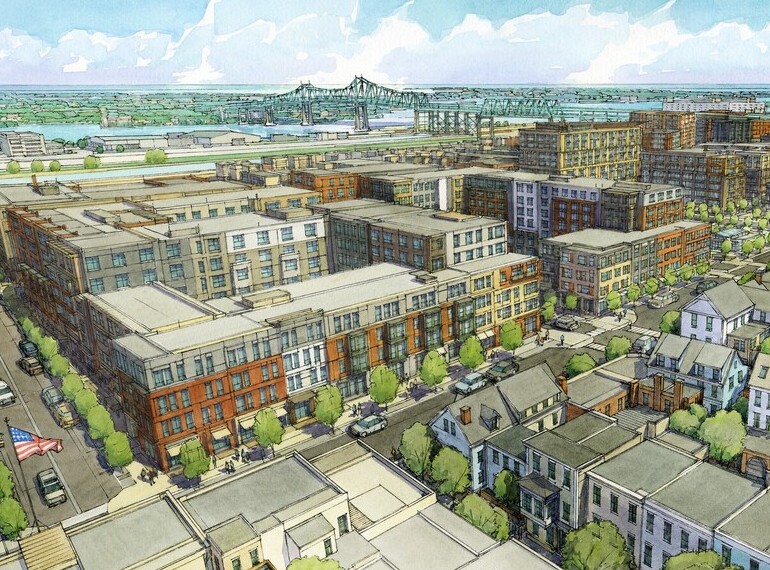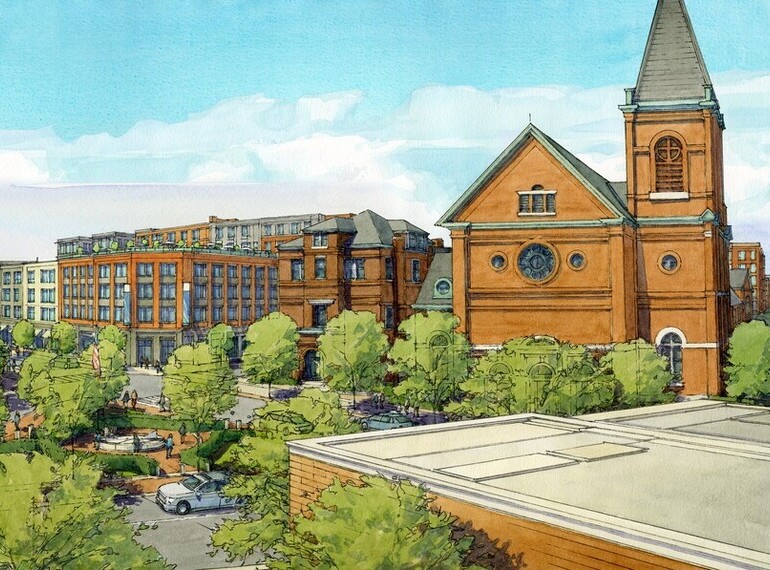stellarfun
Senior Member
- Joined
- Dec 28, 2006
- Messages
- 5,711
- Reaction score
- 1,544
A very powerful letter to the editor of the Globe. The Globe did not treat this as a letter, but ran it as an op-ed. replete with photograph and headline bold font. Full text below.
In light of David Abel’s article “To some, trees a balm; to others, a barrier to progress” (Page A1, March 8), we would like to clarify the facts about tree preservation and the impact it has on our lives.
As the elected local tenant organization, the Charlestown Resident Alliance represents the 2,500 residents of the Bunker Hill public housing complex. We have fought to ensure that the plan for Phase 1 of the replacement of the complex retains as many mature trees as possible. When complete, the entire project will double the number of existing trees on site. The new buildings will also improve the poor indoor air quality that causes our residents to suffer disproportionately high levels of asthma and other respiratory issues.
Although the recent efforts regarding tree preservation may be well intentioned, they are misguided. These activists do not speak for us — the residents — nor have they asked about our priorities. We don’t need to be lectured on environmental injustice or inequities; we live them every day.
We can understand why some in the community believe it is a “false choice” to have to choose between replacing what Abel describes as the “crumbling, infested warren of brick buildings” we call home and preserving mature trees in our neighborhood. However, sometimes in life there are real intention-offs, not just perceived ones. The Charlestown Resident Alliance has been at the table for more than four years and is acutely familiar with the complex details and challenges of this project. No one is more able to make those choices than the directly affected residents who will call Bunker Hill home during its demolition and redevelopment.
At present, more than 100 families have been displaced from their homes in preparation for Phase 1. These Bunker Hill families are waiting to return, and delay is a luxury they cannot afford. Delay also hurts the families who live here now, in homes that have decayed beyond repair.
The Bunker Hill Redevelopment Phase 1 is a well-designed project that has been crafted with the residents at the table. While our voices may not always be the loudest, it’s time for the community to listen.
Nancy Martinez
President
Charlestown Resident Alliance



 IMG_8126
IMG_8126 IMG_8129
IMG_8129 IMG_8133
IMG_8133 IMG_8137
IMG_8137 IMG_8140
IMG_8140 IMG_8141
IMG_8141 IMG_8143
IMG_8143 9
9 11
11

